Advertisement
Here's What The New U.N. Report On Oceans And Ice Means For New England
Resume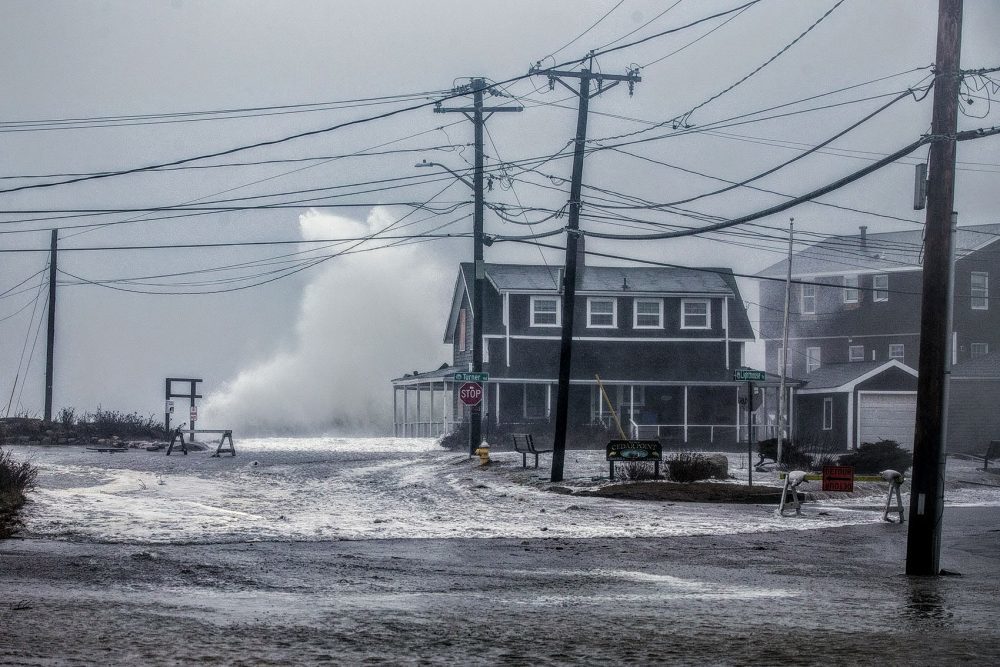
The Intergovernmental Panel on Climate Change published a report Wednesday detailing how climate change is affecting oceans and the frozen world. It’s the final of three special reports, and, like the previous two, it has implications for New England.
If you’re picturing a polar bear standing on a small ice floe and wondering what this has to do with you, just know that what happens in one corner of the world — even somewhere as remote and inhospitable as the Arctic Ocean — can have a profound effect on ecosystems and humans thousands of miles away.
With that in mind, here are five takeaways for New England in the report:
1. The geography of New England makes this region particularly susceptible to sea-level rise and coastal flooding.
As the report outlines, the seas are rising for two main reasons: First, as the world warms, much of the cryosphere — glaciers, sea ice and the huge ice sheets that sit on top of Greenland and Antarctica — are melting at faster and faster rates, which adds water to the oceans. And second, the oceans are warming, and warmer water is more voluminous than cooler water. That means higher waters.
Sea-level rise doesn't happen uniformly throughout the world; it’s not like filling up a bathtub, says Jennifer Francis, senior scientist at the Woods Hole Research Center. Here in New England, our waters are warming faster than many other areas of the world, “so we’re also seeing extra expansion of the water, and that’s leading to increased sea-level rise along the coast,” she says.
Another relevant factor that makes New England susceptible to sea-level rise is the elevation of the coastline, which has a lot to do with the glacier that covered North America 20,000 years ago.
Glaciers are heavy and can depress the land they sit on, “but just like a waterbed, if you press on one part of the bed, the other part pops up,” Francis says. “And once that ice melted, the land under it had been pressed down under all the weight of that ice, and has been rebounding.”
As the North American ice sheet melted at the end of the last ice age, the covered parts of the continent began to rise, and other areas, like coastal New England, started sinking.
This phenomenon, called post-glacial rebound, has the effect of making parts of the East Coast what the Woods Hole Oceanographic Institution calls "a hot spot of sea level rise."
Sea-level rise could also be dramatic in New England thanks to simple gravity.
“The huge ice sheet that sits on top of Greenland — which is about two miles thick — is so massive that it actually creates its own gravity and pulls the surface of the ocean toward it,” Francis says. “But as this big ice sheet melts, it’s losing a lot of its mass into the ocean, and so the gravitational pull that it has is decreasing.”
The result that sea-level rise near Greenland is relatively smaller than areas farther away, like New England. (The slope of the ocean floor factors in, too.)
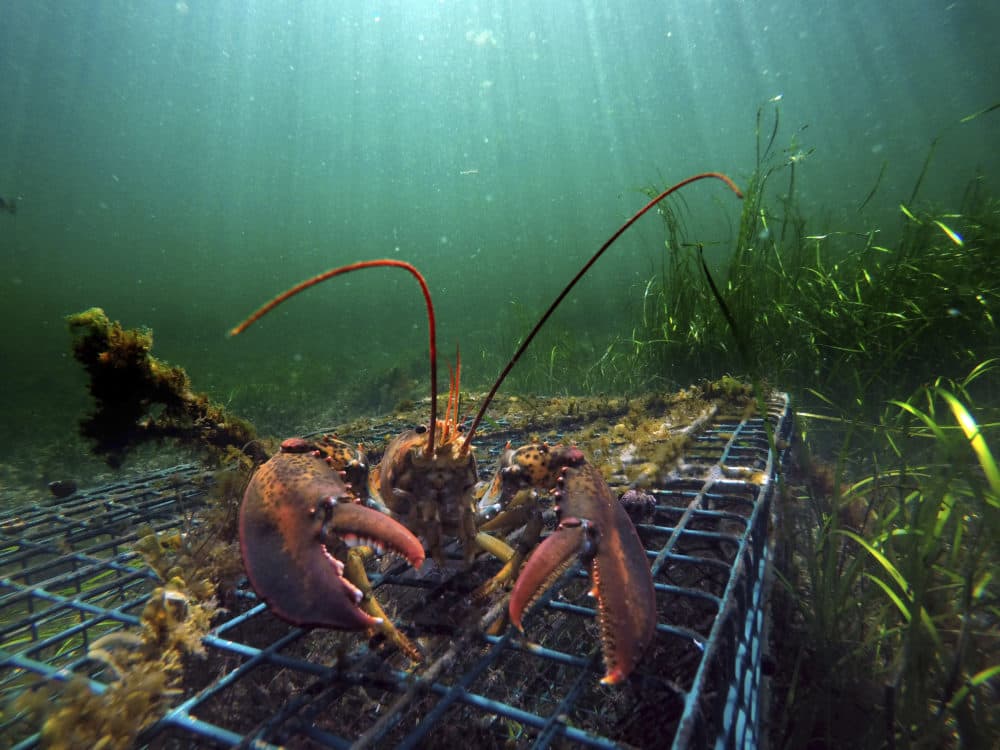
2. Oceans will be warmer, more acidic and oxygen-deprived. This will affect marine life, including important commercial fisheries.
In addition to warming oceans, climate change is also altering global ocean circulation. Without getting too in the weeds, just know that this makes it harder for different layers of the ocean to mix, meaning that denser, more oxygen-rich water doesn’t come to the surface, which is where a lot of marine life lives.
Climate change is also making ocean water more acidic. Oceans are a bit like sponges in that they’ve absorbed about one-quarter of all human-caused carbon dioxide emissions since 1980. And while it’s helpful to suck CO2 out of the atmosphere, the ocean’s pH level is changing as a result, making it harder for certain marine species — especially corals and those with shells — to survive.
“As basic conditions like temperature, oxygen and acidity change, the mix of species that exist in a particular area also changes,” says Kathy Mills, research scientist at the Gulf of Maine Research Institute. “This means that some of those species that have been traditionally important to fisheries in this region may no longer be available in certain portions of the region where they have existed in the past.”
We’ve already started to see a change in the distribution of commercial fish off the coast of New England, and Mills says that we’re most likely going to see this pattern continue.
“Historically, fishermen have been really excellent at adjusting to changes in the ecosystem and taking advantage of new opportunities,” she says. But managing this change effectively is going to take inter-state coordination and flexibility.
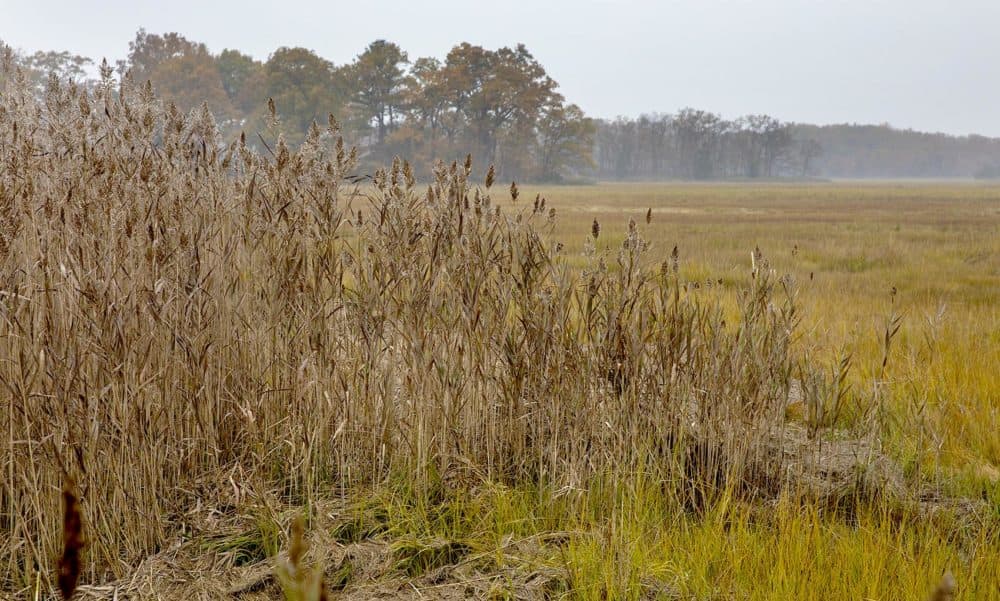
3. Coastal wetlands, like New England’s fragile salt marshes, are already threatened. Climate change will make their problems worse.
It’s difficult to calculate exactly how much of New England is salt marsh, but while they take up a relatively small amount of real estate, they have a big impact on life in coastal areas. Saltwater marshes protect inland areas from flooding, offer critical habitat for many fish and coastal birds, store carbon underground, and provide a natural buffer against sea-level rise and storm surge.
In a healthy marsh, grasses trap sediment as the tide goes in and out, which allows the peat underneath the grass to grow in elevation. But if something happens to disrupt that system — dredging, draining or pollution, for example — the marsh could begin to erode. Similarly, if sea-level rises to fast, the marsh can’t keep up, says Anne Giblin, senior scientist at the Marine Biological Laboratory and a director for Plum Island Ecosystems LTER.
“Historic data would suggest that marshes can’t withstand a sea-level rise rate of more than about a centimeter a year,” she says. “There’s a real concern that climate change is going to cause us to lose our marshes just at a period of time when there’s increased emphasis on their role for storm protection.”
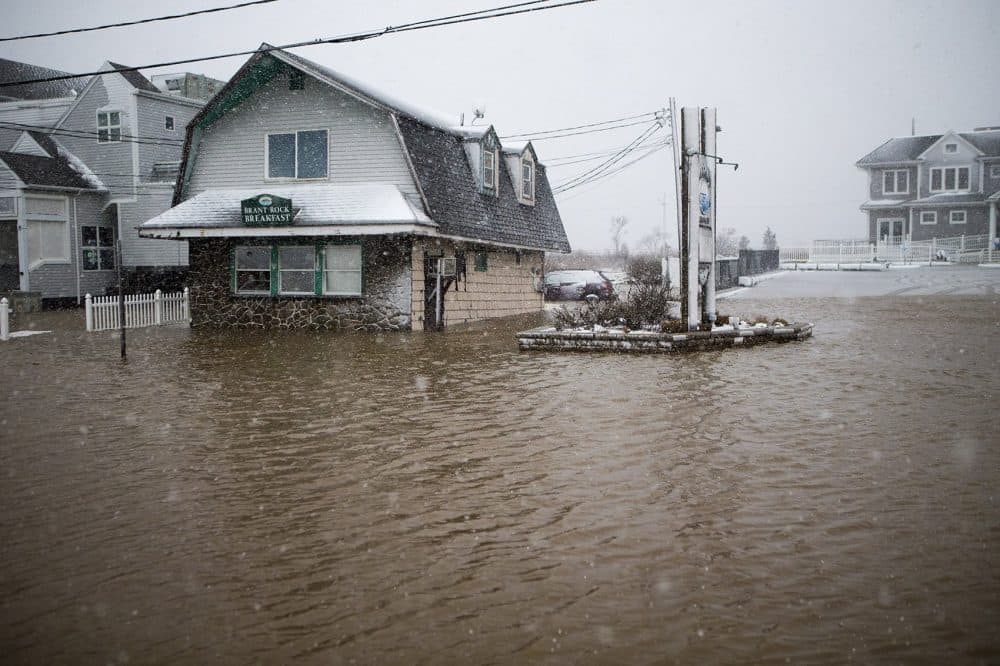
4. We’re going to get more extreme weather.
In New England, you don’t have to look very far to see that climate change is already affecting our weather: the big winter storms of 2018, the rainiest month and hottest July on record. But as outlined in the new IPCC report, climate change will continue to disrupt the ocean and atmospheric circulation patterns that control a lot of our weather.
“Whenever you change temperature patterns, it also affects the winds,” says Francis of the Woods Hole Research Center. “And we expect to see changes in the way storms move all across the North Atlantic and into Europe because of these shifts in the North Atlantic Ocean.”
She says this could also cause winter nor'easters that strengthen more rapidly and tropical storms that come farther north in the summer and even into the fall.
“I think we’re also likely to see winters that are characterized by first a long cold spell, followed abruptly by a heat wave in the winter. You don’t hear about winter heat waves very much because most people like it when they come. But we’ve been seeing these very persistent long-term weather patterns happening in the winter,” she says.
“And in the summer, we expect to see these persistent patterns, but they’ll show up more as droughts, heat waves, perhaps more forest fires, and also extended periods with lots of rain.”
So, is there any good news? Yes, yes there is.
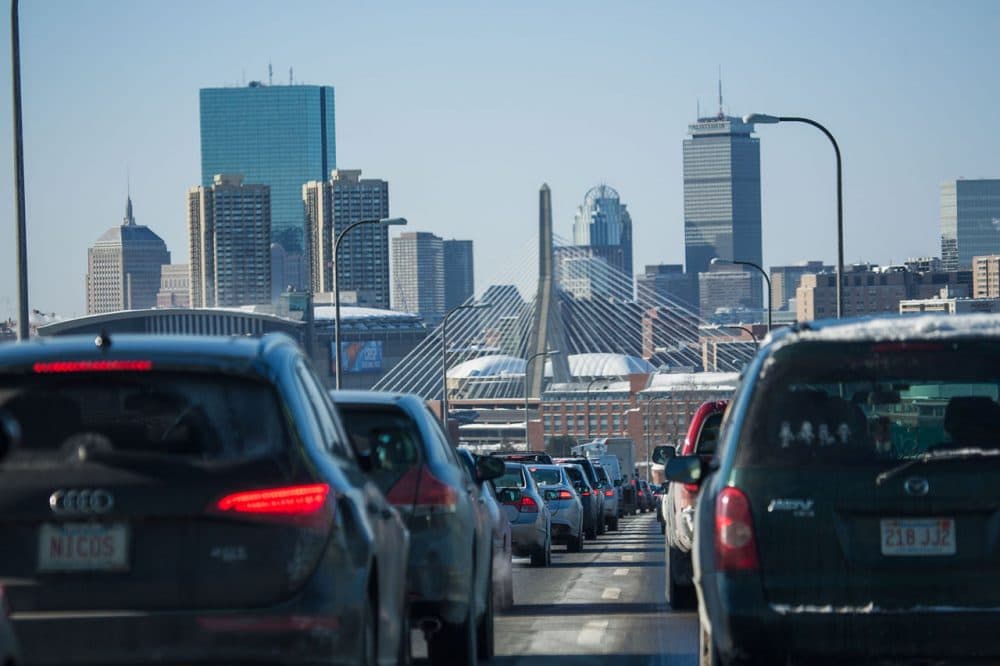
5. The faster we reduce CO2 emissions, the less severe these problems will be.
As outlined in the first IPCC report, it's still possible to limit warming to 1.5 degrees Celsius above pre-industrial levels, which is what scientists say we need to do to avoid some of the most catastrophic impacts of climate change. But whether we meet that goal or exceed it, every fraction of a degree matters — the more warming, the more catastrophe.
“[This report] reveals the benefits of ambitious mitigation and effective adaptation for sustainable development and, conversely, the escalating costs and risks of delayed action,” the report’s summary concludes.
“We have a choice. We’re already seeing these really severe impacts,” says Alison Bowden of the Massachusetts Nature Conservancy. “Every fraction of a degree that it gets warmer is more destabilization, is more ice melting and sea-level rise. It’s in our hands.”
This segment aired on September 25, 2019.
